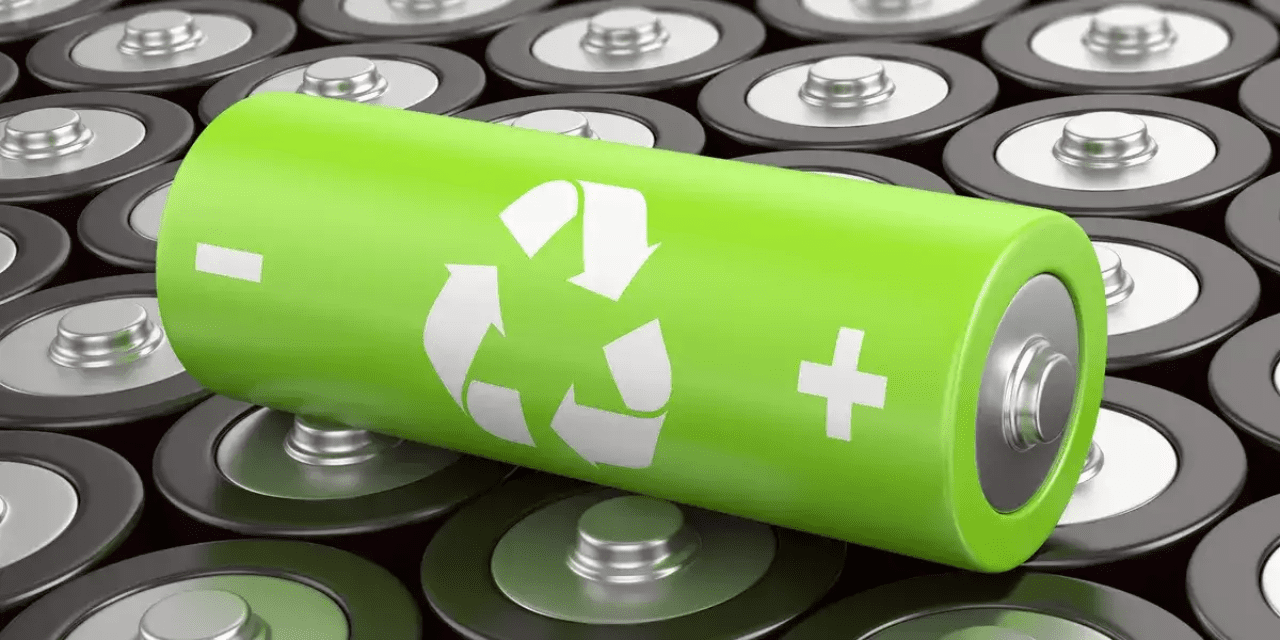The report “Lithium-ion Battery Recycling Market by Source (Automotive, Non-automotive), Battery Chemistry, Battery Components, Recycling Process (Hydrometallurgical Process, Pyrometallurgy Process, Physical/ Mechanical Process), and Region – Global Forecast to 2031″, is projected to grow from USD 6.5 billion in 2022 to USD 35.1 billion by 2031, at a CAGR of 20.6%. The growing demand for electric vehicles to control the rising pollution levels has spurred the consumption of lithium-ion batteries. Since these have lower self-discharge rates than other rechargeable cells such as Ni-Cad and NiMH, they offer high energy and power density and are thus used in various applications, from cellular phones, industrial equipment, to electric-drive vehicles.
Download PDF Brochure
Browse
• 147 Market data Tables
• 53 Figures
• 203 Pages and in-depth TOC on “Lithium-ion Battery Recycling Market – Global Forecast to 2031″
Some of the prominent key players are:
- American Battery Technology Company (US)
- ACCUREC Recycling GmbH (Germany)
- Cirba Solutions (US)
- Contemporary Amperex Technology Co., Limited (China)
- Ecobat (US), Fortum (Finland)
- GEM Co., Ltd. (China)
- Glencore (Switzerland)
- Li-Cycle Corp. (Canada)
- Neometals Ltd. (Australia)
- Redwood Materials Inc. (US)
- RecycLiCo Battery Materials Inc. (Canada)
- Stena Recycling (Sweden)
- TES (Singapore)
- The International Metals Reclamation Company (US)
- Umicore (Belgium)
Opportunity: Subsidies to encourage battery recycling
| Battery recycling is mandatory in North America and Europe. Grants and subsidies are available for battery recycling businesses through development grant programs in some countries in Europe and North America. For instance, in the US, Florida has special project grant funding for which recycling initiatives are eligible; and Texas offers regional solid waste grants for recycling efforts through public-private partnerships. However, such grants and subsidies that make business ventures in this field economically viable are not provided to market players in all regions. In the coming years, provisions to provide grants and subsidies in other regions are expected to provide opportunities for battery recyclers. |
By source, the automotive segment accounted for the largest share of lithium-ion battery recycling market during 2022 to 2031.
The automotive segment, by source, accounted for the highest share. Continuous developments in the EV industry are supporting the growth of the market. Owing to environmental concerns and awareness about clean and sustainable fuel, the demand for electric vehicles rose significantly between 2017 and 2020.
North America is the largest region in the lithium-ion battery recycling market.
The major factors contributing to the growth of the automotive segment in North America include the rising demand for energy-efficient solutions, high power and energy density of lithium-ion batteries, increased venture capital funding, and initiatives undertaken by government bodies to encourage the adoption of lithium-ion batteries in vehicles across North America.

